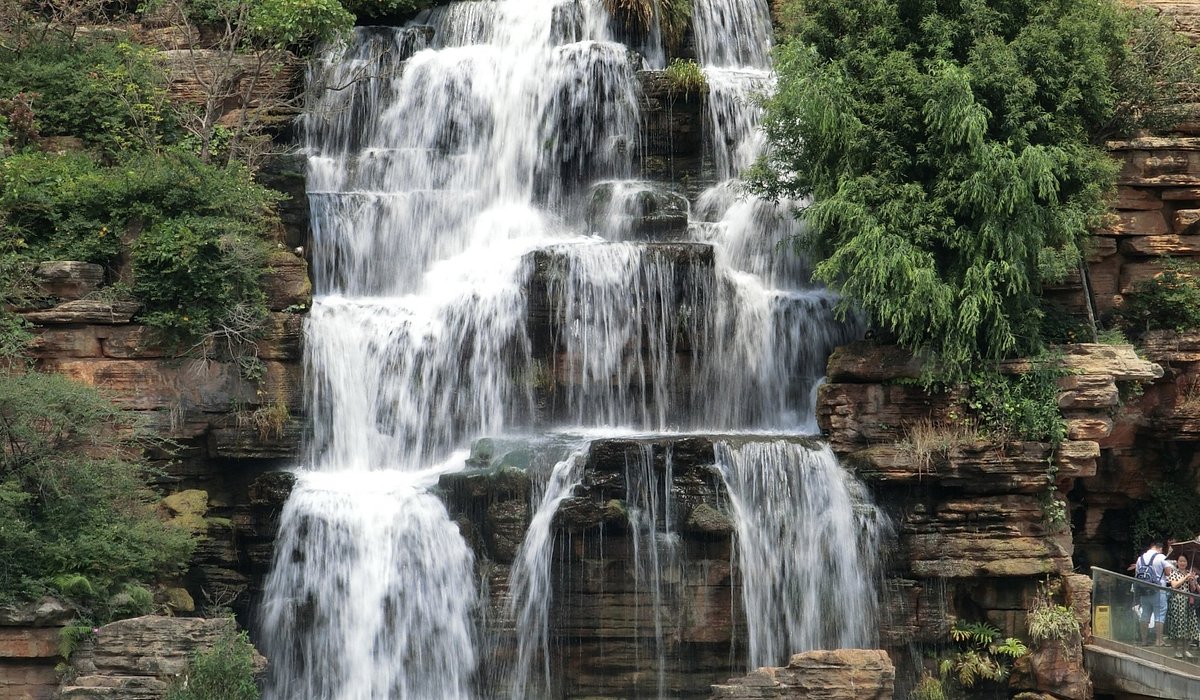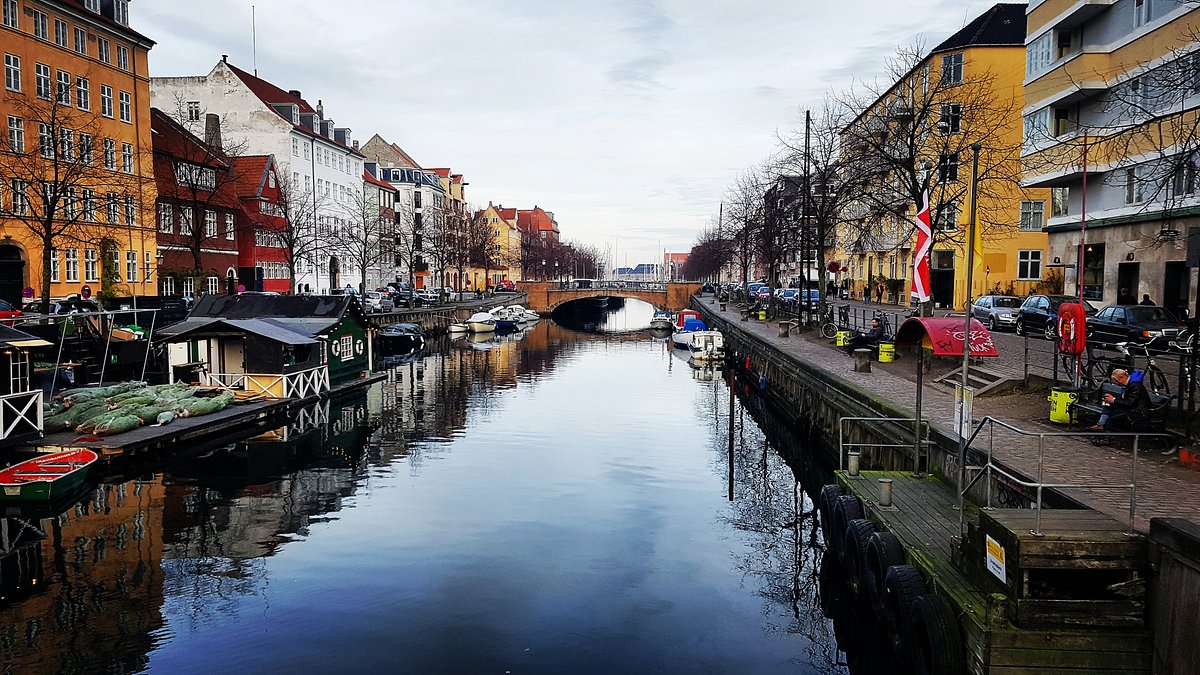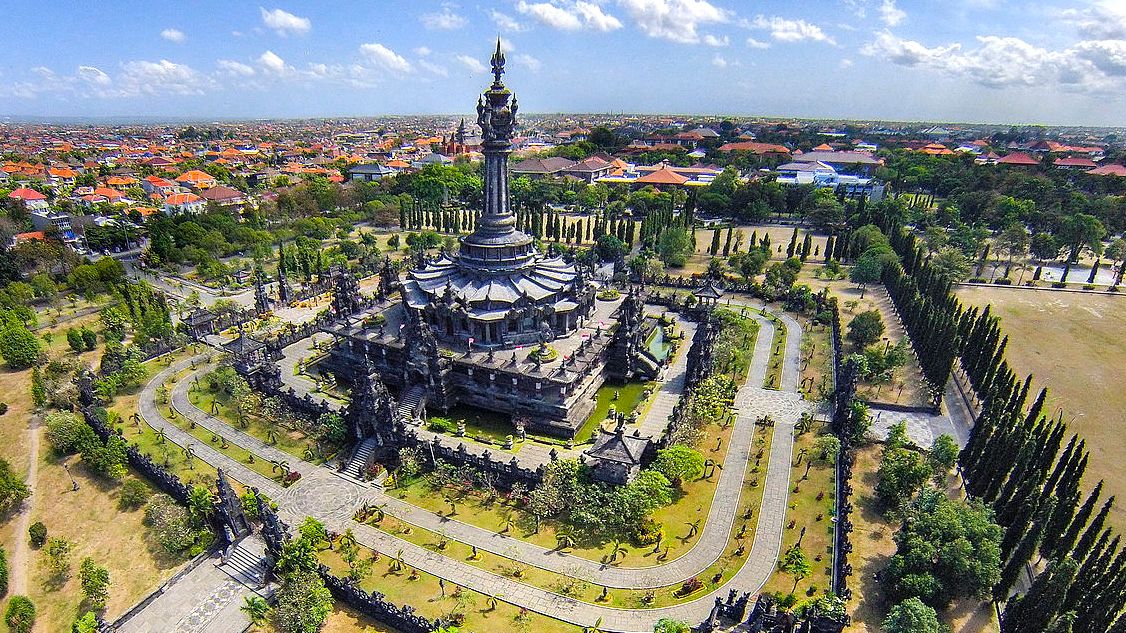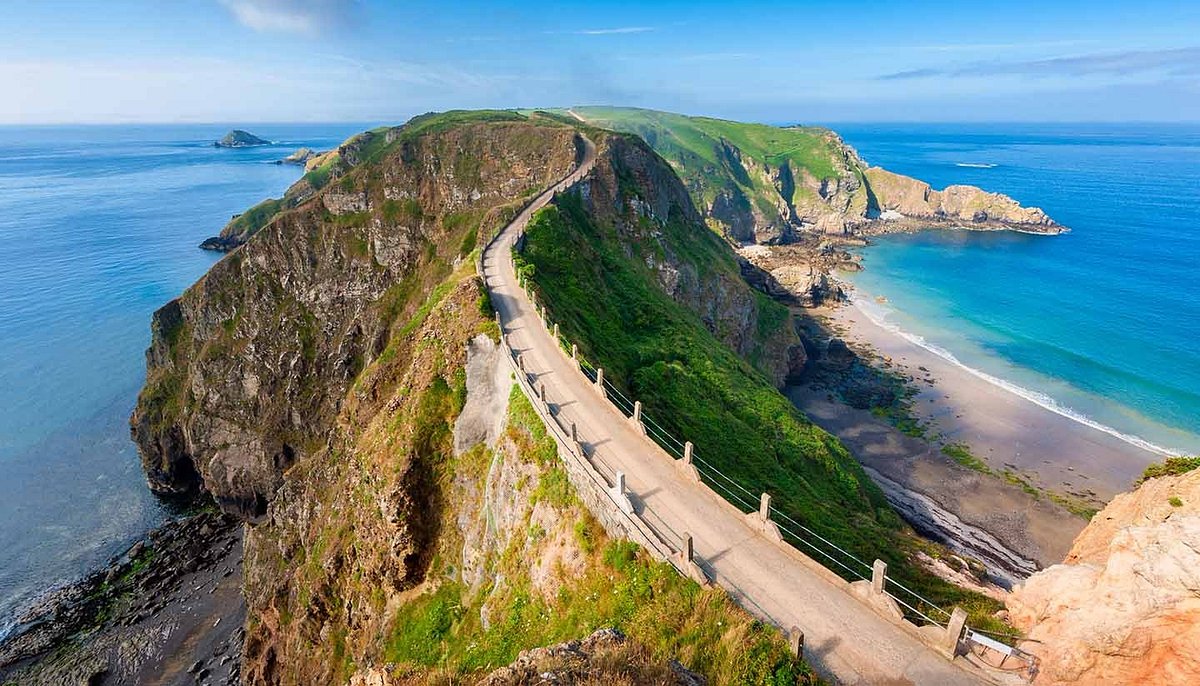From battle-hardened fortresses to royal residences, medieval castles offer a glimpse into centuries of history, warfare, and architectural ingenuity. Each tells its own story of conquest, power, and legacy. Here are six magnificent medieval castles from across the world, filled with specific historical and cultural significance, updated details, and compelling legacies tied to legendary figures and families.
1. Neuschwanstein Castle – Germany
Tucked into the Bavarian Alps, Neuschwanstein Castle is one of the most photographed and iconic castles in the world. Built in the late 19th century (construction started in 1869), it isn’t medieval in its origins but was inspired by medieval Romanticism and chivalric ideals.
Commissioned by King Ludwig II of Bavaria, who was just 23 when he came to the throne, the castle reflects his obsession with German mythology and opera. Ludwig died mysteriously in 1886 at the age of 40. Despite dying heavily in debt, his estate later became a lucrative tourism asset, contributing to Bavaria’s economy with an estimated annual revenue of over €65 million today.
The interior, never completed fully, boasts frescoes of scenes from Wagnerian operas. Its popularity soared when Walt Disney used it as inspiration for Sleeping Beauty’s Castle.
2. Himeji Castle – Japan
Known as the “White Heron Castle,” Himeji Castle is a UNESCO World Heritage Site and widely considered Japan’s most beautiful surviving feudal castle. Built in 1333 and expanded significantly in the 1600s, it avoided destruction from war, earthquakes, and natural disasters.
The structure is known for its brilliant white walls and sophisticated defensive systems including maze-like paths meant to confuse attackers. Himeji has been associated with various powerful samurai families, particularly Ikeda Terumasa, who supervised its major expansions in the early 1600s.
Terumasa was only 15 when he inherited lordship from his father. He became one of Tokugawa Ieyasu’s most trusted generals and was married into the Tokugawa family. While his net worth by today’s standards is impossible to estimate directly, his family holdings would now be worth billions of yen in real estate and land value.
The castle underwent a major restoration from 2010 to 2015, reinforcing its structure and preserving its original form using traditional methods.
3. Château de Chambord – France
A marvel of French Renaissance architecture blended with medieval defensive design, Château de Chambord in the Loire Valley is one of the most distinctive castles in Europe. Built between 1519 and 1547 by King Francis I, it originally served as a hunting lodge.
Francis I was only 25 when he began construction. As a major patron of the arts and a contemporary of Leonardo da Vinci (who is believed to have contributed to the spiral staircase design), Francis I left a legacy deeply tied to the French crown’s opulence. His personal wealth, equivalent to several hundred million euros today, funded this grand estate.
Today, Château de Chambord is a public heritage site, drawing over 1 million visitors annually. It recently added interactive exhibits and a restored carriage collection to enhance the tourist experience.
4. Edinburgh Castle – Scotland
Dominating the skyline of Scotland’s capital, Edinburgh Castle stands on Castle Rock, a volcanic crag. The castle’s origins date back to at least the 12th century, with King David I establishing the first royal residence around 1130.
It has seen numerous sieges, particularly during the Wars of Scottish Independence in the late 13th and early 14th centuries. The iconic Stone of Destiny, used in the coronation of Scottish monarchs, returned to the castle in 1996 after 700 years in England.
Robert the Bruce and William Wallace, both pivotal figures in Scottish history, fought to keep the castle out of English hands. While neither was associated with wealth in the modern sense, their legendary status elevated the value of sites like this. Today, Edinburgh Castle generates approximately £45 million annually through tourism.
Recent updates include improved accessibility features, guided AR experiences, and expanded artifact displays from the 2020s.
5. Bran Castle – Romania
Often linked to Bram Stoker’s Dracula, Bran Castle is perched on a dramatic hill in Transylvania. Built in the 14th century, it served as a military stronghold and royal residence.
While the Dracula connection is mostly fictional, the castle has real historical ties to Vlad the Impaler (Vlad III), who ruled Wallachia and was born in 1431. Vlad’s father, Vlad II Dracul, passed on his name and status from the Order of the Dragon, a medieval knightly group.
Vlad III never actually lived in Bran Castle, but his gruesome reputation helped make the fortress a global curiosity. Bran Castle today is owned by Dominic von Habsburg, an heir of the Romanian royal family, who inherited it in 2006. His estimated net worth was reportedly over $1 million when he took ownership, primarily from property and heritage investments.
In recent years, the castle has become more visitor-friendly with Dracula-themed tours and seasonal events, especially around Halloween.
6. Krak des Chevaliers – Syria
One of the most significant Crusader castles in the world, Krak des Chevaliers is located in western Syria. Built and expanded from 1031 through the 13th century, it was home to the Knights Hospitaller.
The fortress’s strategic location and its massive stone walls made it nearly impregnable. The Hospitallers held the site until it was taken by Mamluk Sultan Baibars in 1271. The order, mostly comprising European nobles, held considerable wealth and land, which in current terms would translate to billions in real estate across the Mediterranean.
In the 2000s, the castle underwent conservation efforts with UNESCO’s support. Sadly, during the Syrian Civil War, parts of it were damaged, but repairs and restorations have been ongoing since 2017.
Its survival through centuries of conflict and recent turmoil makes it a powerful symbol of resilience and architectural brilliance.








